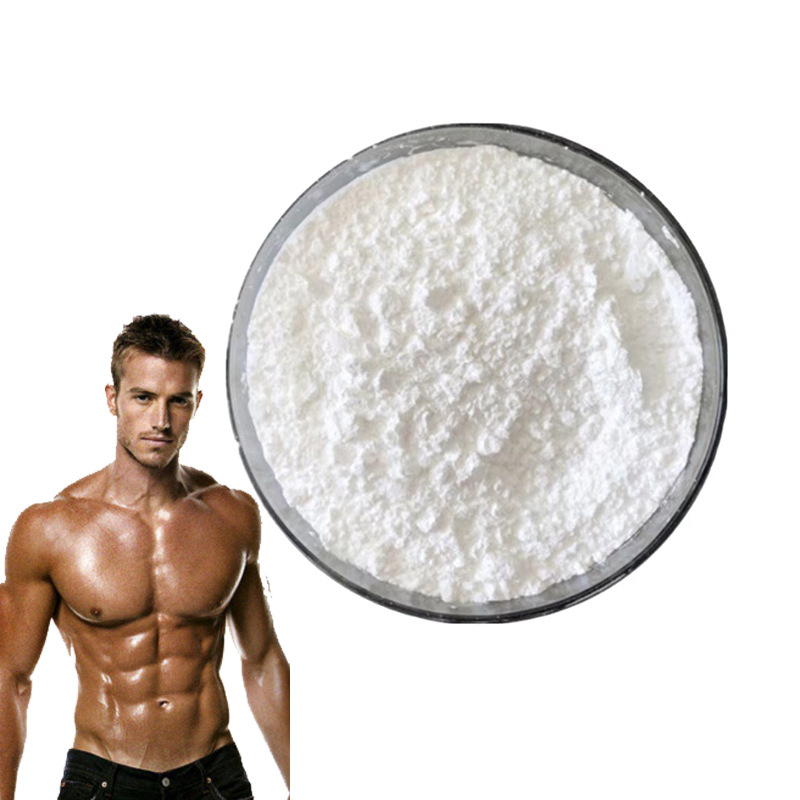Information about Metribolone
Investigated as a thermal ligand in androgen receptor (AR) ligand binding assays (LBAs) and as a photoaffinity label for the AR. More precisely, Metribolone is a 17α-methylated derivative of Trenbolone. It was briefly studied in the late 1960s and early 1970s for the treatment of advanced breast cancer in women, but was found to cause signs of severe hepatotoxicity at very low doses, so development of the drug was discontinued.
Metribolone Pharmacology
In addition to the AP (anabolic receptor), metrolone has a high affinity for the progesterone receptor (PR) and also binds to the glucocorticoid receptor (GR).
The drug was also identified in 2007 as a potent antimineralocorticoid, with similar affinity to aldosterone and spironolactone for the mineralocorticoid receptor.
In addition, metribolone was identified in 2010 as a potent inhibitor of 3β-hydroxysteroid dehydrogenase (3β-HSD) 1 and 2 (IC50 0.02 and 0.16 μM, respectively).
Based on this finding, some say that methibolone should be used very cautiously in studies, taking into account 3β-HSD inhibition to avoid misinterpretations. Similar to other 17α-alkylated AAS, Metribolone has a high hepatotoxic potential.
However, the hepatotoxic potential of methoxybolone appears to be extremely high, probably related to its extremely high efficacy and metabolic stability; in a study of this drug in the treatment of advanced breast cancer, liver dysfunction was observed at low doses.














